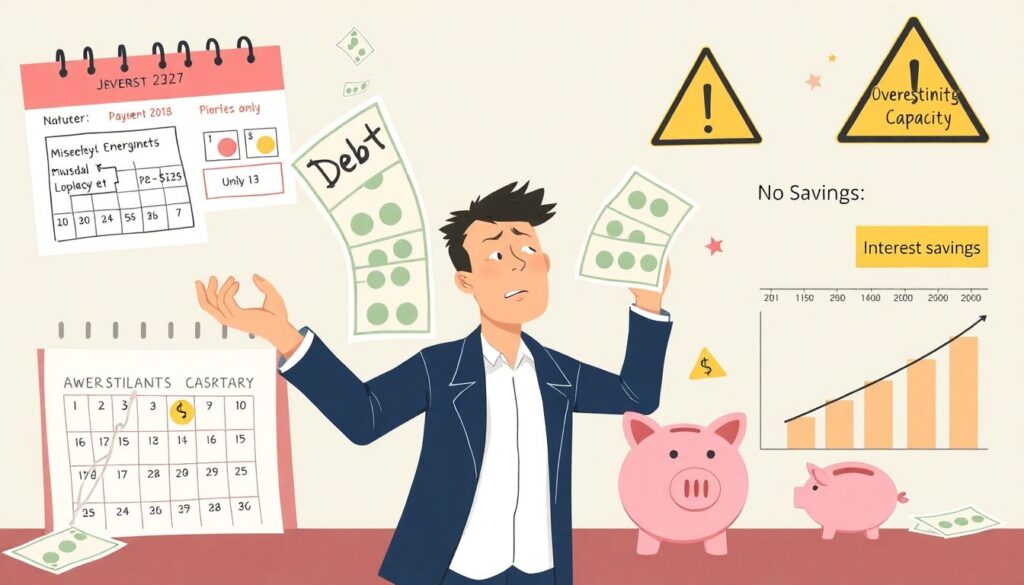Understanding the Need for a Structured Debt Repayment Plan
In 2025, consumer debt across the globe remains at historically high levels. Since the global financial crisis of 2008, personal finance literacy has improved, yet many individuals still struggle to develop effective debt repayment strategies. The rise of easy credit, student loans, and medical debt in several developed countries has only exacerbated the issue. Creating a debt repayment strategy with clear milestones is no longer just a smart financial move—it’s a necessity for long-term financial health.
Debt repayment is not just about paying off what you owe—it’s about regaining control over your financial future. Whether you’re battling credit card debt, personal loans, or student debt, a structured approach can help you avoid common pitfalls and stay on track.
Step 1: Assess Your Financial Situation
Before you can build a strategy, you need a clear picture of your debt. List every debt you owe, including:
– Total balance
– Interest rate
– Minimum monthly payment
– Remaining payment schedule
Calculate your total monthly income and essential living expenses. The remainder is your potential debt repayment capacity.
Warning for Beginners:
Don’t underestimate the importance of accuracy in this step. Minor omissions—such as forgetting an annual subscription or underestimating utilities—can derail your plan later.
Step 2: Choose a Debt Repayment Strategy That Matches Your Profile
There are two main debt reduction plans that people tend to follow:
– Debt Snowball: You pay off the smallest debts first to build momentum. Ideal for those who need psychological wins to stay motivated.
– Debt Avalanche: You attack the debt with the highest interest rate first. This strategy saves the most money over time and is preferred by those focused on mathematical efficiency.
Both approaches fall under the umbrella of best ways to manage debt. Choose the one that aligns best with your personality and financial goals.
Step 3: Set Clear Milestones to Track Progress
Breaking down your debt into manageable segments makes the overall process less intimidating.
Examples of effective milestones:
– “Pay off credit card #1 in 3 months.”
– “Reduce total debt by 25% in 6 months.”
– “Reach $0 balance on all personal loans within 18 months.”
Each milestone should be time-bound, realistic, and measurable. Use reminders or financial apps to help track progress automatically.
Achieving milestones feeds motivation. Habitually celebrating small wins can significantly boost your financial discipline over time.
Step 4: Optimize Your Budget for Aggressive Repayment
If your goal is to learn how to pay off debt fast, your budget must reflect that urgency.
Here’s how to optimize:
– Eliminate non-essential expenses (subscriptions, dining out, luxury purchases).
– Increase income through side gigs, freelancing, or extra shifts.
– Use windfalls like tax returns or bonuses exclusively for debt repayment.
Effective Debt Management Tips:
– Automate payments to avoid late fees.
– Negotiate lower interest rates with lenders.
– Refinance or consolidate debts when beneficial.
– Review your budget monthly to adjust for changes in income or expenses.
Step 5: Avoid Common Repayment Mistakes

Even well-planned debt repayment strategies can fail due to avoidable errors:
– Overestimating repayment capacity: Leads to missed payments and frustration.
– Ignoring emergency savings: Without a buffer, a single crisis can force you back into debt.
– Focusing only on interest rates: Sometimes, psychological wins from smaller balances have more impact than pure math.
Stay flexible. Debt reduction plans should evolve with your financial situation.
Step 6: Maintain Momentum and Adjust Along the Way
Reaching one milestone is just the beginning. Debt repayment is a long-term commitment.
Use these methods to maintain consistency:
– Regularly update your repayment tracker.
– Reassess your strategy every 3–6 months.
– Celebrate progress, but avoid lifestyle inflation.
If you get off track, revisit your goals and adapt. Long-term success in debt management isn’t about perfection—it’s about persistence.
Putting It All Together

Creating a debt repayment strategy with milestones offers more than just financial relief—it brings structure, focus, and hope. In the current economic climate of 2025, where inflation and fluctuating interest rates persist, individuals must take proactive control of their finances.
By combining proven debt repayment strategies with personal discipline and smart budgeting, you can significantly reduce your debt burden. Consider it not just as a repayment plan, but as a transformation of your financial identity.
Whether you’re just beginning or restarting your journey, remember: the best ways to manage debt are the ones you can sustain. Align your plan with your values, track your progress through milestones, and adjust as needed. This is how you master effective debt management in the modern era.

